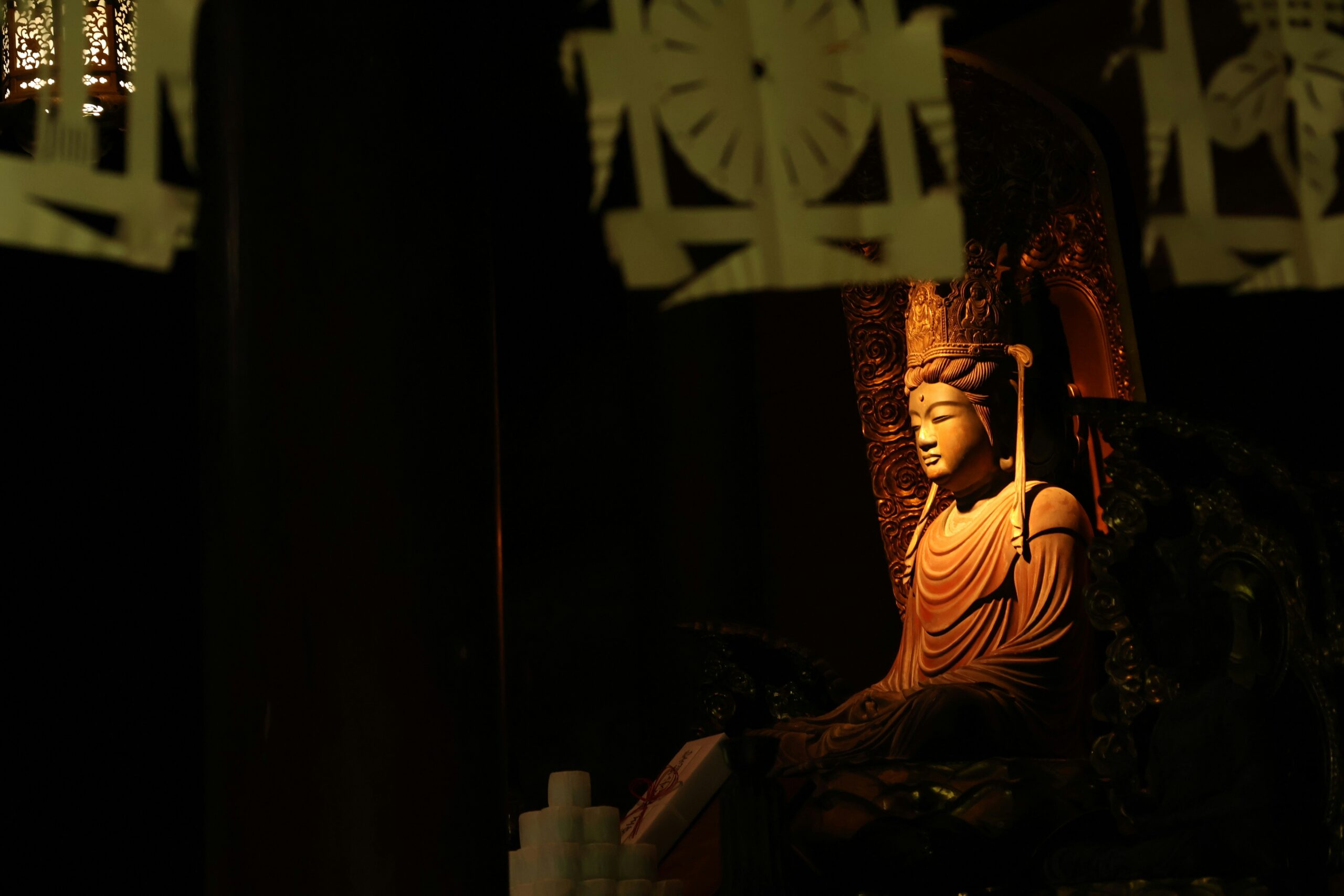To enter a Japanese temple is to step into a carefully composed world: the crunch of gravel beneath your shoes, the whisper of pine trees, the fragrance of incense curling through wooden gates. Inside, a statue awaits—sometimes gilded, sometimes weathered, always imbued with quiet presence. For many travelers from the West, Buddhist statues across Asia may seem similar: serene faces, flowing robes, hands frozen in symbolic gestures. Yet in Japan, these figures bear a distinctly different spirit, one that is subtle, refined, and deeply tied to the nation’s history.
To understand them is not to master an academic field, but to learn how to see. The reward is an encounter with beauty that speaks in silence, guiding both the eye and the heart.
How Japanese Buddhist Statues Differ
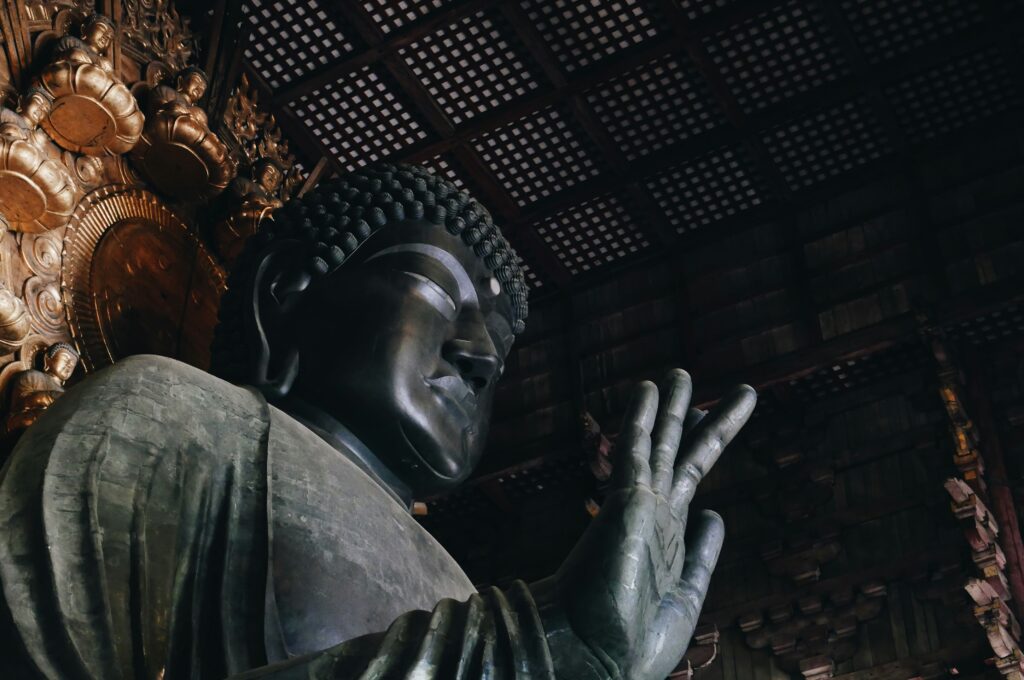
Buddhist imagery spread from India to Japan over centuries, transforming at every step:
- India & Southeast Asia: Lithe bodies and sensuous forms radiating divine vitality, draped in rich ornaments.
- China: Monumental presences, wrapped in layers of grand robes, projecting imperial dignity.
- Korea: Transitional grace, soft features balancing elegance with spirituality.
- Japan: A distillation. Ornament pared down, gestures quieted, the divine made intimate. Japanese statues are not meant to overwhelm but to invite—companions in meditation rather than gods to be feared.
Here, beauty lies not in dazzling detail but in restraint: a half-closed eye suggesting both inner peace and worldly awareness, or a gentle smile that carries centuries of devotion.
A Journey Through Eras
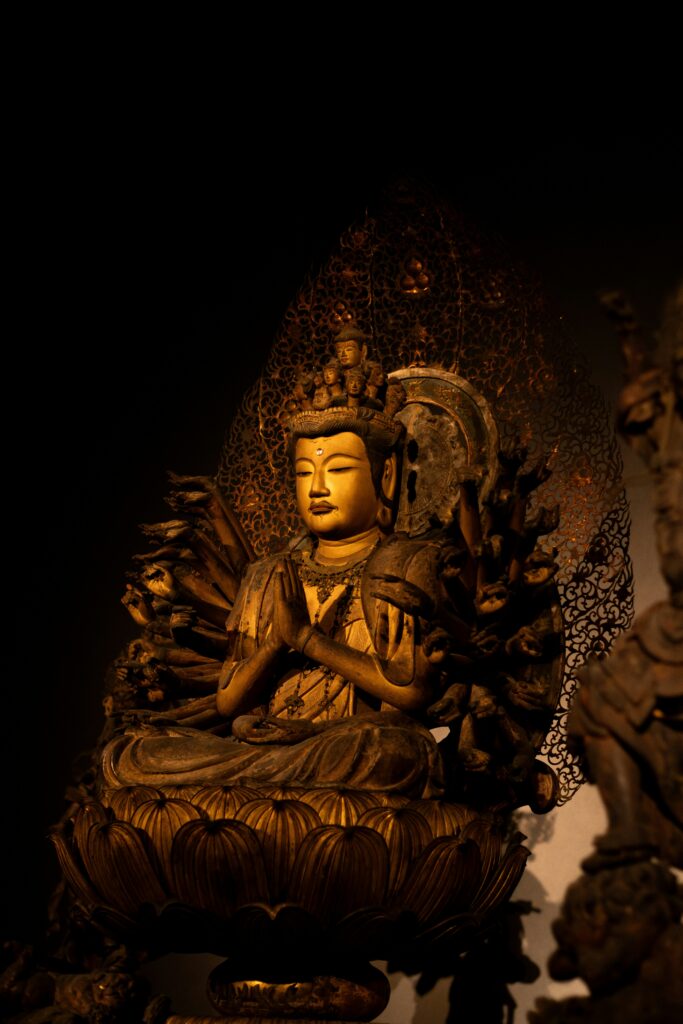
Understanding the broad historical arc allows each encounter to become more than aesthetic—it becomes a dialogue with time.
- Asuka Period (6th–7th century) – The first images arrived via Korea and China. Bronze figures like the Shaka Triad at Hōryū-ji are formal, symmetrical, with almond-shaped eyes and flowing robes.
- Nara Period (8th century) – Buddhism became state power. Temples commissioned monumental works like the Great Buddha at Tōdai-ji, embodying universal order through scale.
- Heian Period (9th–12th century) – Esoteric Buddhism flourished. Statues of fierce deities such as Fudō Myō-ō appear: muscular, flaming, holding swords to cut through ignorance.
- Kamakura Period (12th–14th century) – Realism rose. Sculptors like Unkei created lifelike figures with dynamic expression—the Niō guardians at Tōdai-ji seem to breathe with rage and power.
- Later Centuries – Statues grew smaller, more personal. Carved wooden Amida figures invited individuals into Pure Land devotion within intimate temple halls.
This variety means that “a Buddha statue” in Japan might be gentle, wrathful, monumental, or miniature. Each era and sect shaped the image of enlightenment to meet its spiritual and cultural needs.
The Calm and the Fierce
While Western visitors may expect Buddhist statues to be serene, Japan also preserves an extraordinary tradition of wrathful figures.
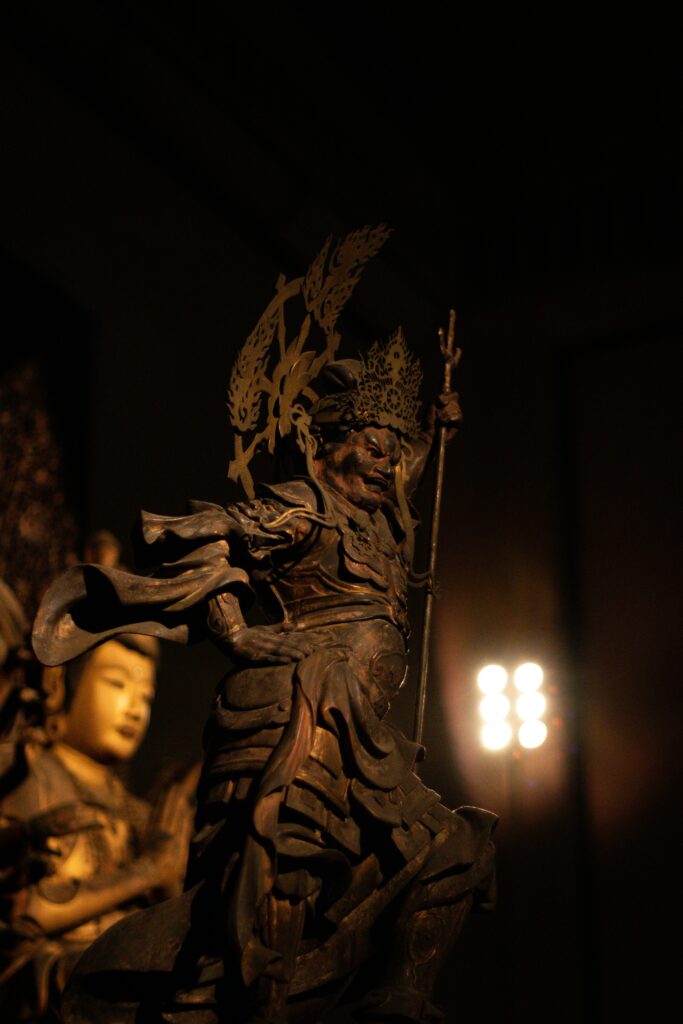
- Buddha & Bodhisattvas: Embodiments of compassion and wisdom, serene and approachable. Their half-closed eyes embody calm balance.
- Four Heavenly Kings (Shitennō): Fierce guardians standing at temple gates, weapons raised, trampling demons. Their angry faces are not cruelty but protection—wrath directed at ignorance and evil.
- Niō Guardians: Two muscular figures at temple entrances, mouths open and closed (Agyō and Ungyō), embodying the cosmic syllables A and Un—the beginning and end of all things.
- Esoteric Deities like Fudō Myō-ō: Immovable, sword in hand, surrounded by flames. Terrifying at first glance, but in essence, fierce compassion—a vow to protect practitioners by burning away illusions.
These images show that Japanese Buddhism embraces the full spectrum of human emotion: serenity to comfort, ferocity to protect. Together, they reveal a religion not only of peace but of resilience.
Why It Matters
To experience Japan without seeing its Buddhist statues is to miss a vital thread of its culture. They offer:
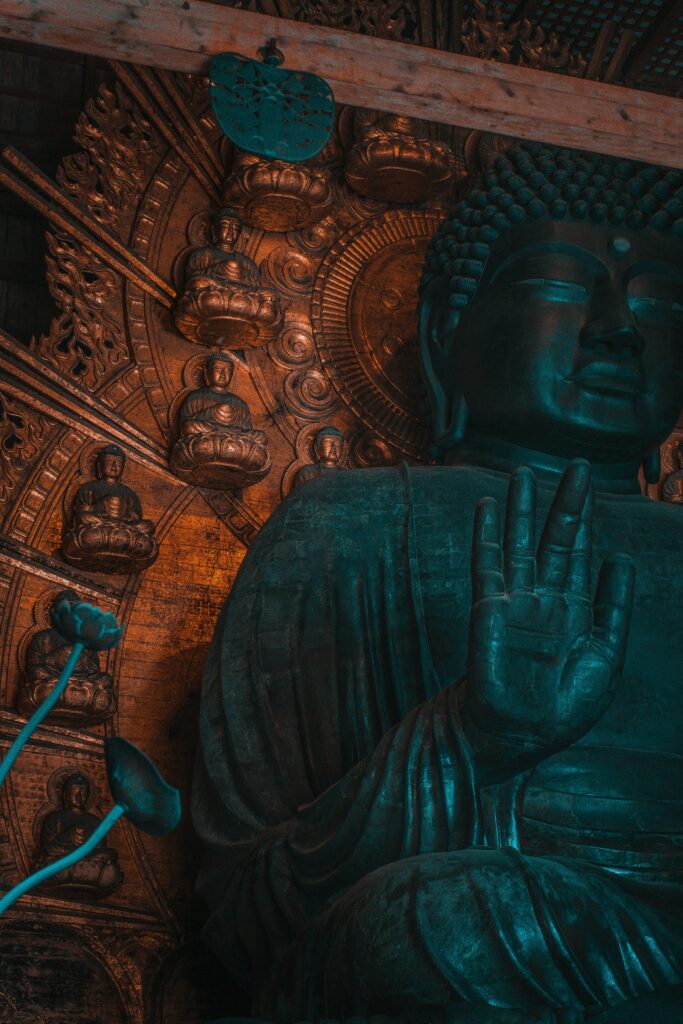
- Aesthetic Mastery: Master carvers turned wood into living presence, bronze into eternity, lacquer and gold into radiance.
- Historical Insight: Each figure tells of the age that produced it—imperial power, monastic devotion, or artistic revolution.
- Atmosphere: Unlike museum artifacts, statues in temples breathe in their intended settings: the dimness, the incense, the rustle of visitors’ robes.
- Philosophical Depth: Gentle Buddhas invite reflection; wrathful guardians remind us that compassion sometimes takes the form of strength.
To bypass them is to skim the surface of Japan, missing its inner dialogue between art, faith, and time.
Five Essential Encounters
- 1. Tōdai-ji, Nara – The Great Buddha, a colossal bronze Vairocana, awe-inspiring in its cosmic scale. Early morning visits allow the hall’s vast stillness to be felt.
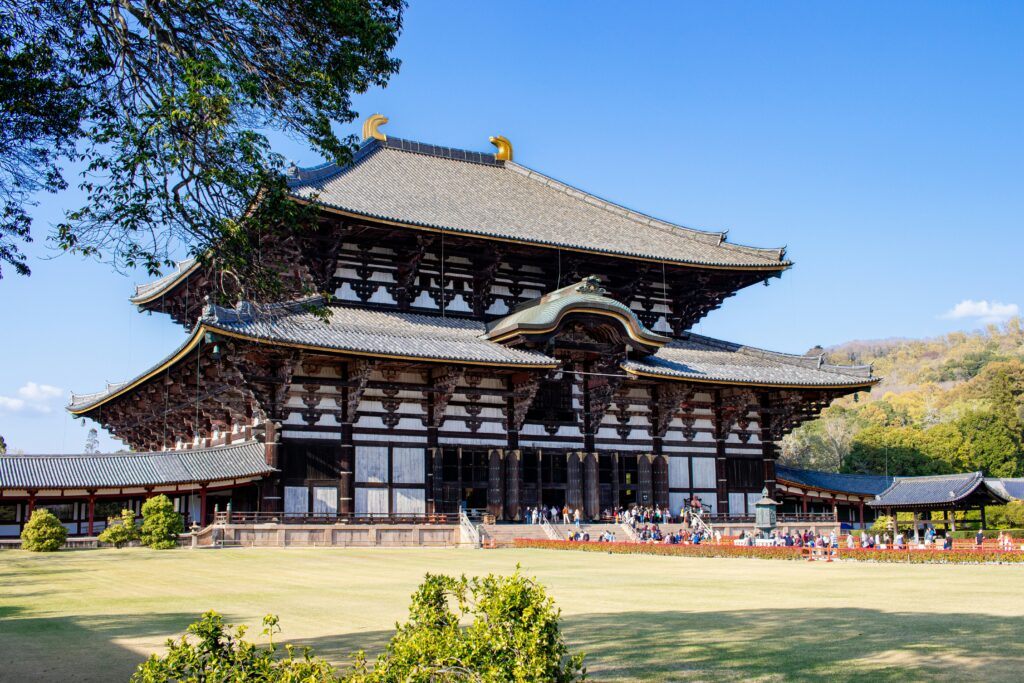
- 2. Kōtoku-in, Kamakura – The outdoor Great Buddha, weathered by centuries, its open-air presence shifting with light and season. At dusk, serenity deepens.
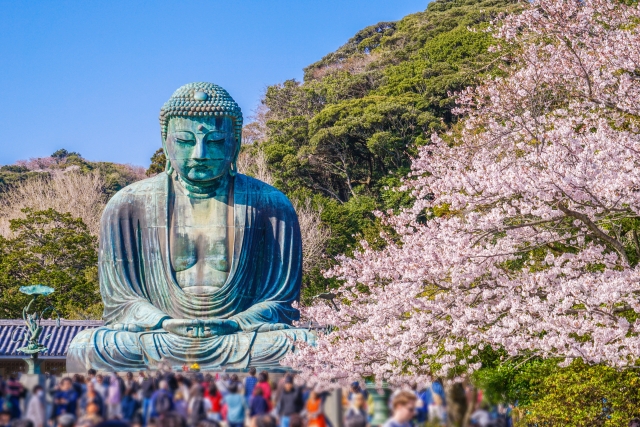
- 3. Hōryū-ji, Nara – The Shaka Triad, one of the world’s oldest surviving bronze Buddhas, radiating the elegance of Japan’s earliest artistry.
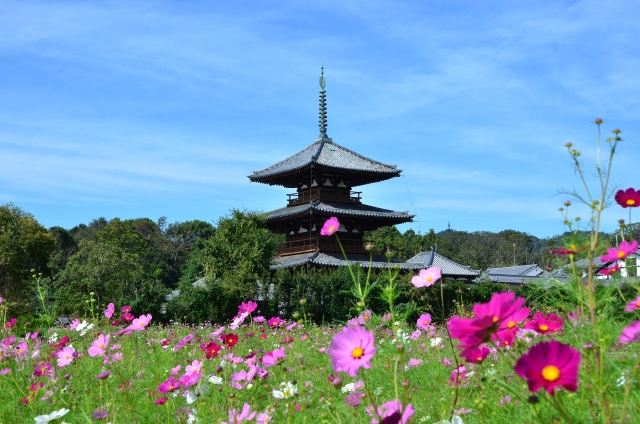
- 4. Byōdō-in, Uji, Kyoto – The Amida Buddha in the Phoenix Hall, a golden presence surrounded by carved heavenly musicians, embodying Pure Land devotion.
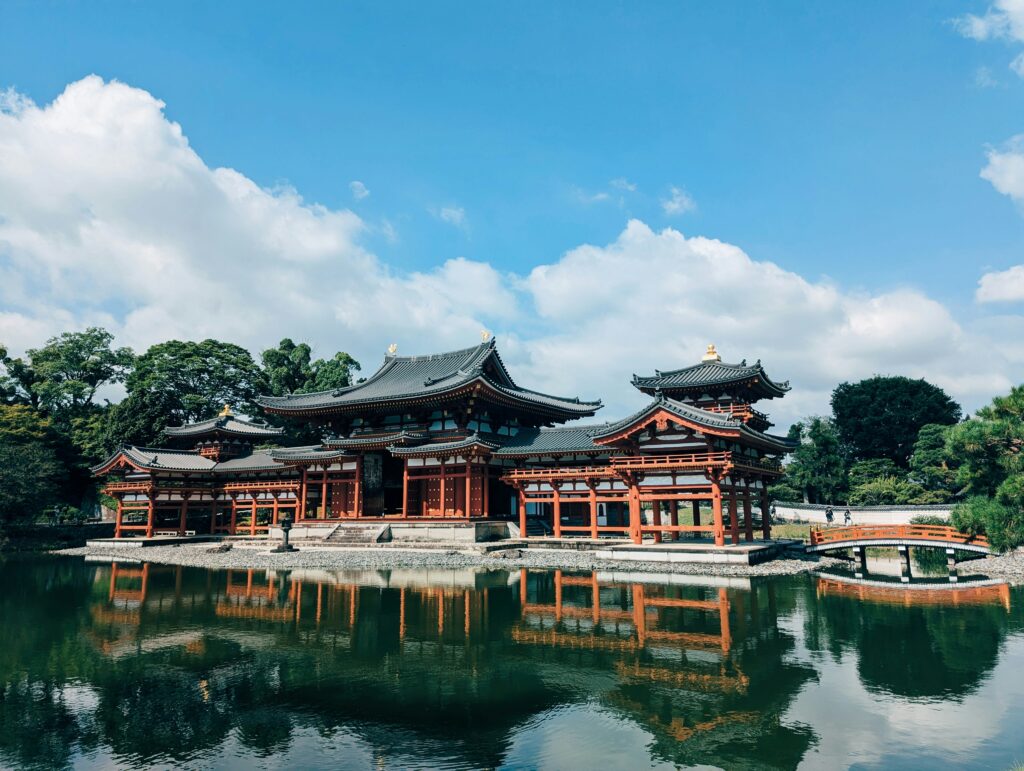
- 5. Sanjūsangen-dō, Kyoto – One thousand statues of Kannon, each with subtle variations, flanking a central Thousand-Armed Kannon. To walk its hall is to enter an ocean of compassion.
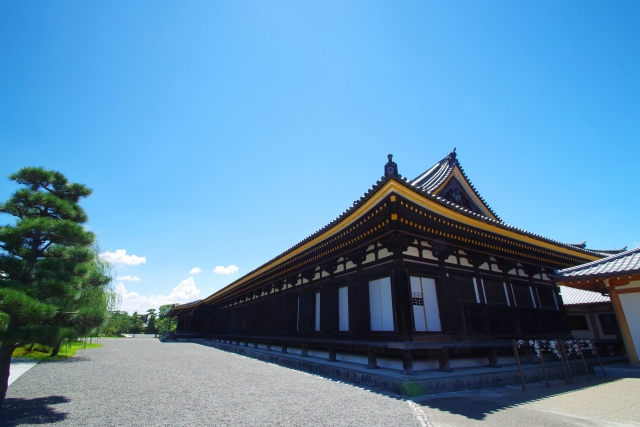
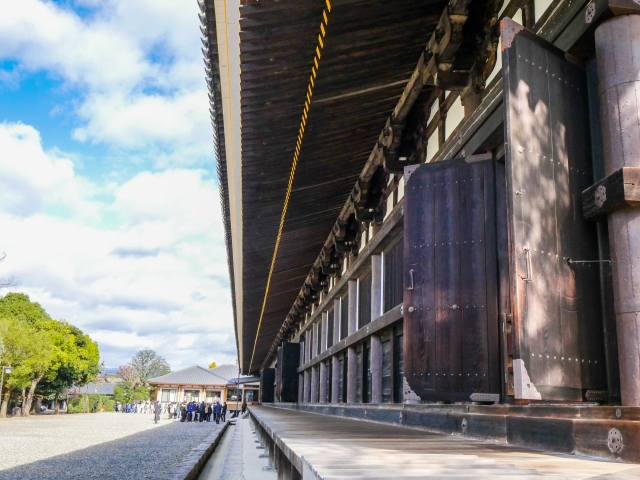
Each site offers a distinct register of experience: immensity, intimacy, antiquity, radiance, multiplicity.
How to See
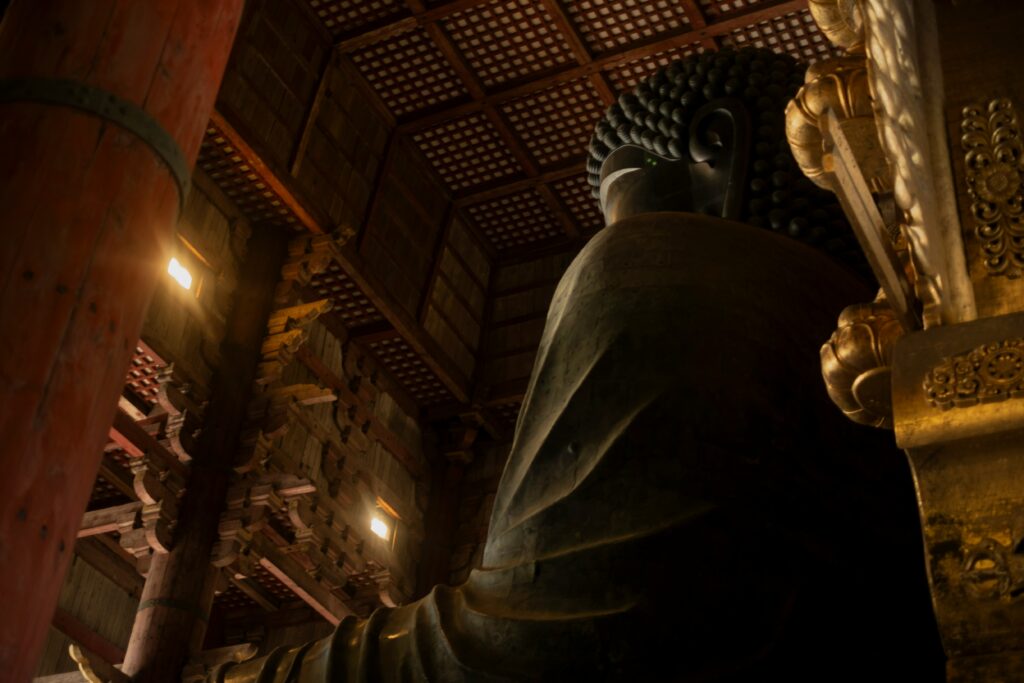
- Pause at thresholds: Allow your eyes to adjust to the dim light. The moment of transition matters.
- Meet the gaze: Stand before the statue; notice how serenity is conveyed not through drama but restraint.
- Trace gestures: Mudras reveal meaning—fearlessness, teaching, meditation.
- Observe the play of light: Side views reveal folds of drapery, halos, textures of wood and bronze.
- Circle if allowed: Back views often carry inscriptions or exquisite carving unseen from the front.
Practical Wisdom for the Best Experience
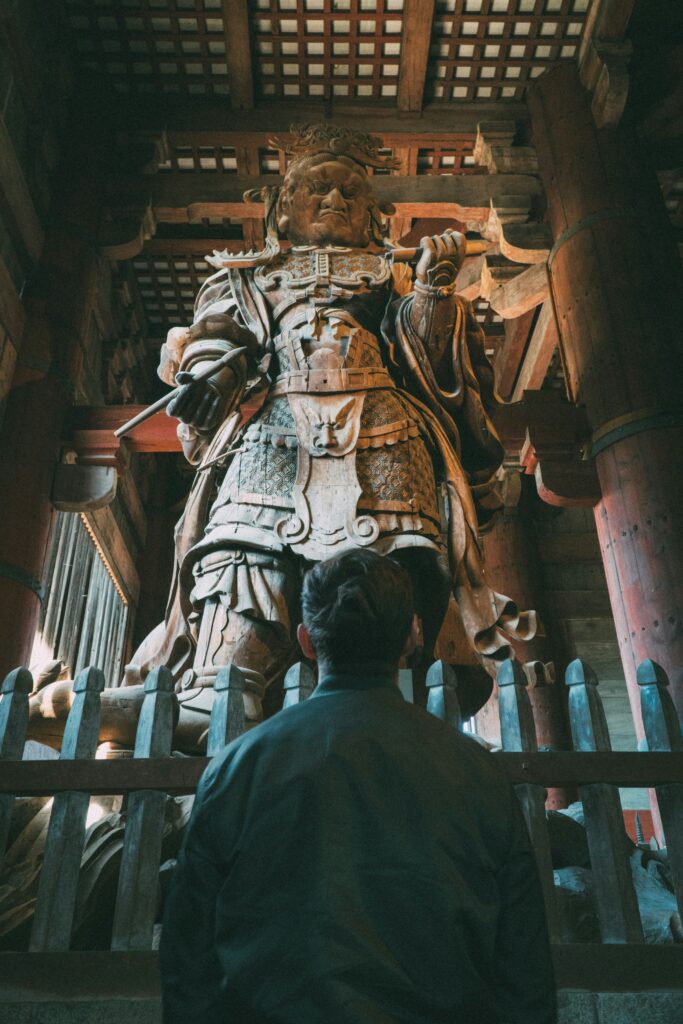
- Avoiding crowds: Visit in the early morning or late afternoon; winter is often quieter than spring and autumn.
- Hidden treasures: Seek smaller halls—often overlooked yet housing masterworks without the crowds.
- Children in temples: Engage them with storytelling—ask, “Is this figure protecting or teaching? What do you think the flames mean?” Turning awe into curiosity makes the visit memorable.
- Etiquette: Silence, clean socks, modest dress, and respect for photography rules preserve the sacred atmosphere.
The Luxury of Stillness
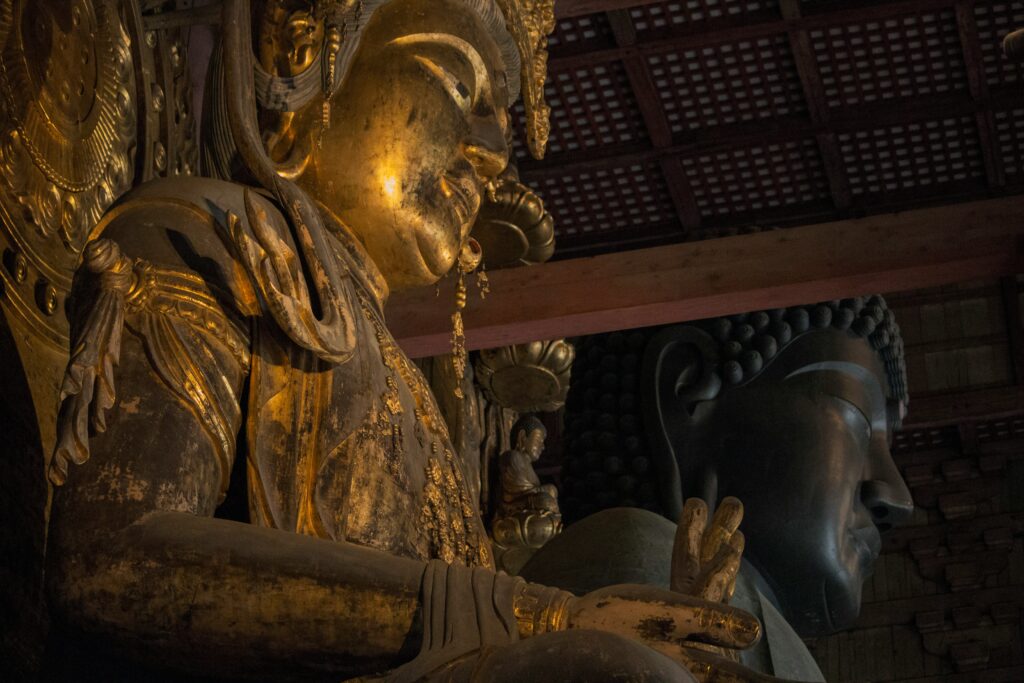
True luxury is not opulence but time—time to stand, to look, to breathe in the centuries. Japanese Buddhist statues embody that kind of luxury. They are not spectacles demanding applause, but companions inviting reflection. In their presence, one discovers a rare alignment: art that is inseparable from faith, beauty inseparable from stillness, history inseparable from now.
To encounter them is not simply to see Japan, but to feel it.

